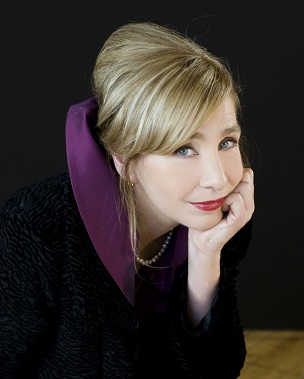
By Patricia Caso/June 13, 2014
TWITTER: @nmkelby
The making of Jacqueline Kennedy’s pink Chanel suit is the backdrop for Nicole Mary Kelby’s latest novel, The Pink Suit (@littlebrown). Although the iconic item of clothing is usually associated with sadness, Ms. Kelby’s aim is the opposite. She wants the suit to represent all that is good, beautiful and possible for anyone.
“Having been a journalist for many years, it just became a very fascinating idea that there was all this controversy around this particular garment…it became a sacred trust to write this book.” Nicole Mary Kelby
Nicole draws on the history of an era defined not only by hope and innocence but also reality and tragedy. Like so many growing up in the 60’s, I so admired Jackie Kennedy’s simply elegant look.
When I saw the book’s cover, I was immediately intrigued and memories of that time came rushing back. I knew I wanted to talk to Ms. Kelby and find out what motivated her to write about that historic suit…
EYE: Why did you choose Mrs. Kennedy’s pink suit as the backdrop to your novel?
 NICOLE: It just happened by accident. My mother had worked at Chanel, and I wanted to figure out what that would have been like because Chanel closed her store after the war. So I googled Chanel and suddenly it said that the Chanel pink suit was not a Chanel.
NICOLE: It just happened by accident. My mother had worked at Chanel, and I wanted to figure out what that would have been like because Chanel closed her store after the war. So I googled Chanel and suddenly it said that the Chanel pink suit was not a Chanel.
Having been a journalist for many years, it just became a very fascinating idea that there was all this controversy around this particular garment. I started researching this and I realized how iconic that suit was to many Americans and it became a sacred trust to write this book.
EYE: What did you find fascinating about the pink suit?
NICOLE: It represents the best of us and in many ways our can-do attitude and the way we move in the world, but it also represents our sorrow. It’s the whole idea of craft, too. I couldn’t imagine having had anything to do with that pink suit and then seeing the assassination.
It must have been horrific. Even more so because, as a seamstress, tailor, or designer, you touched that; you were part of that; you were proud of that.
When you first see the title of my book, you wonder if it is a trivialization of what happened. But, when you read it, you recognize that it is a book of joy and gravitas and sorrow and romance and political intrigue and business and humor. It’s really about America.
EYE: Where is that suit today?
NICOLE: It’s in the National Archives outside Washington D.C. until 2103, so we will probably not get a chance to see it.
EYE: Was there actually one seamstress responsible for making the pink suit and did you meet her?
NICOLE: There was an article on a website, pinkpillbox.com, written by Mike Naughton, which mentioned that his Aunt Kate had finished the pink suit. So I tracked him down, went to Inwood in Manhattan where she lived and asked people if they remembered her.
They didn’t, but they remembered another Irish seamstress, so the character Kate becomes an amalgam of these two women. There weren’t really just two Irish seamstresses who sewed the suit. As I put in the book, there is an Italian and a Pole from concentration camps and both were Jews. Then there was the women from Cumbria who knitted that fabric, the guy who designed the pattern and the people who dyed it.
“I’ve gotten letters from people who say, ‘My father worked on part of that suit. My aunt did this or that. They were never the same since.’ So that pink suit is a homage to all the people involved. And, to all of us. Novelists are geographers of the heart.”
EYE: Chez Ninon, where the pink suit was made, was, in reality, a New York high society atelier where women had their clothes made. Some of the designs were actual copies from the Paris runways but made in New York. Was Chez Ninon used by Mrs. Kennedy so she would appear patriotic?
NICOLE: Mrs. Kennedy actually had been going there for six or seven years because she had come under so much scrutiny during the campaign. She had spent all that money on French couture, possibly exaggerated, when people were not making money at all. She recognized that as First Lady she would have to be ‘us’; she would have to reflect us and the best of us.
Even though that pink suit was not a Chanel, it was a line-by-line copy in America. The fact that it was American-made allowed her to have something like that and get less scrutiny. It clearly is a Chanel. I think the better question what is the difference between that suit and a Chanel? Well, the Chanel is made by French hands, perhaps.
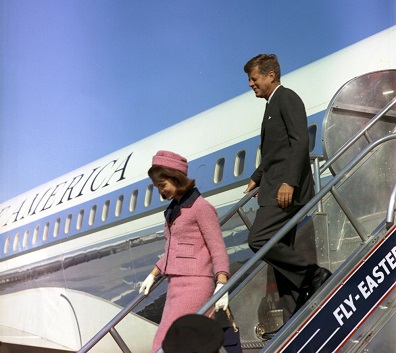
EYE: What intrigued you most about Nona McAdoo Park and Sophie Meldrim Shonnard, the women who ran Chez Ninon?
NICOLE: I saw how fearless they were. Everyone knew what they were doing. They copied all the runway shows; they were bold. Back then it was difficult to even fly to France. They attended shows and would run out to a café and sketch what they saw.
And, they were so smart as businesswomen, understanding negotiations, when to draw the line, etc. I actually spoke to Mrs. Kennedy’s body double Suz who obviously knew the ‘Ladies’, as they were known, from Chez Ninon. She said they were wonderful, like the Auntie Mames of couture copyists.
They were hysterical. They were crazy and eccentric–smart cookies. Do you run into people like that anymore? Not often. People say I must have fallen in love with Jackie by writing this book. Actually, I fell in love with the ‘Ladies’ from Chez Ninon.
EYE: What did you initially look for in your research for The Pink Suit?
NICOLE: I wondered what would it have been like to make a pink suit like that and to have it be involved in a national tragedy. Knowing the hours spent making it, it would be really hard. And, I wanted to explore that idea.
“But I came away with something I wanted everyone to understand which is the level of the detail these people used to create an image. Not so she looked pretty, but how she looked American, what their vision of what American was–that kind of unstoppable, can-do, not fluffy, not fussy, not excessively pretty, just looking for the next challenge.”
Everything Mrs. Kennedy wore was “what’s next?” And that surprised me. It spoke, “I’m here now. I look fabulous. I don’t look fussy.” She didn’t need things that hugged her body. In fact, she wanted a thing called a tee shirt formal dress. This is wild. It wore like a tee shirt. She wanted things that said, ” If I want to jump on a horse, I can do that! I can do whatever I need to do.”
I would like us to reclaim that suit. I’d like us to put our sorrows aside and say this is us. She envisioned this whole America that is different in the way that says we can do anything.
EYE: Earlier you said, “Novelists are geographers of the heart.” Would you please explain that?
NICOLE: They are. The heart is an odd and unwieldy continent. As a writer, we are there. We explore it and we write it down. We measure it, weigh it and create these maps.
These maps are books, and we say, “Hey, here’s the journey of the heart. Come and see the darkness. Come and see the where the sun rises and sets. Come and see where the water is too deep. It’s an adventure in many ways.”
EYE: How did you become a novelist?
NICOLE: I’ve been really lucky to study or interact with fabulous writers like Saul Bellow, Derek Walcott, Elie Wiesel and Arthur Miller. I really work at it every day. I just read that only 4% of the people in the world make their living as novelists, and I happen to be one of the 4%. I couldn’t believe it.
There have to be more people. C’mon! I’ve been a journalist, worked for the CNN affiliate in Minneapolis-St. Paul, run magazines, and, about 20 years ago, I just gave it all up and became a novelist. I think it was because I was a journalist that I realized that you cannot craft a happy ending. Things can go so terribly wrong.
“Sometimes I just wanted to make it right or to celebrate those people who weren’t celebrated. I come from this immigrant background where people worked really hard for anything they had.”
I can remember working three or four jobs just to keep myself afloat. But, I never stopped writing. It’s just something I always did. It’s the American dream that I always write about. Until I discovered this suit, I didn’t completely realize how difficult the American dream really was.
EYE: What is the best advice you can give an aspiring novelist?
NICOLE: I find you have stop talking about writing and just write. I think a lot of people talk, talk, talk. I believe in higher education, but you have to sit down and write…or you are not a writer.
Everyone fails, a lot, and you have to keep writing through it. If you want to be a writer, you have to be like a dog riding in a car. You just stick your nose out, let your ears flap in the wind and go. That’s what a writer does.
EYE: Thank you so much for your time, Nicole. TWE wishes you much success with The Pink Suit and your future projects as you head off to Italy for research and to write about Mark Twain.
Photos of President and Mrs. Kennedy: John F. Kennedy Presidential Library & Museum
###
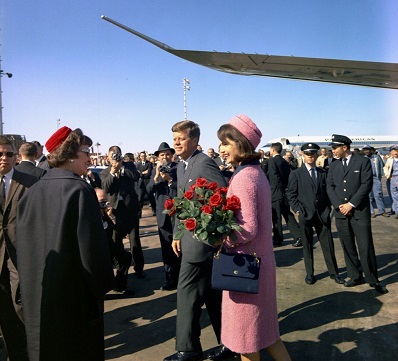
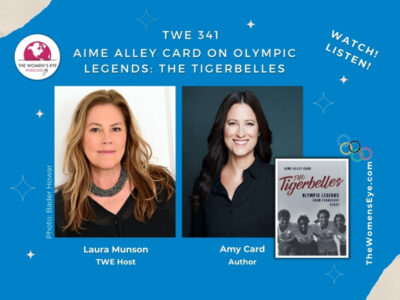

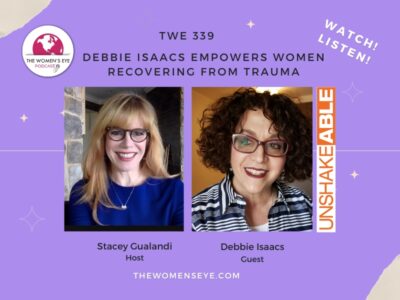
Leave a Reply